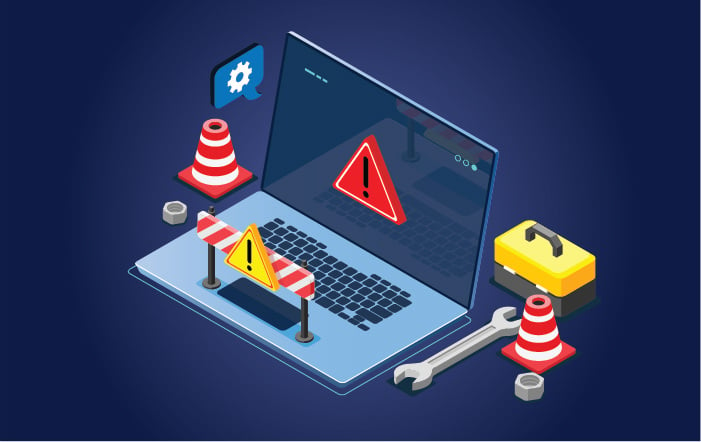Shaping Tomorrow’s Connectivity with Network Automation
Automated network operations are reshaping how we manage and optimize networks. The landscape of network operations is currently experiencing a...

Latency refers to the delay experienced when data travels across a network. High latency leads to slow loading times, choppy video calls, and frustrating online experiences. For ISPs, minimizing latency is essential to ensure customer satisfaction and loyalty. Inspired by the efficiency and proactive mindset of field service operations, ISPs can implement targeted strategies to optimize their networks.
This approach involves techniques such as: proactive network monitoring to identify potential bottlenecks, optimized network design choices to minimize delays, and a subscriber-focused approach to reach specific usage needs. By adapting field service principles and prioritizing latency reduction, ISPs can deliver the fast, responsive connectivity that customers demand. In this blog, we will discuss how to enhance performance by providing various solutions and strategies to optimize latency!
To combat latency effectively, ISPs can adopt a proactive approach inspired by field service mindsets. Here are key strategies:
Minimizing latency isn’t just about technical fixes; it’s about aligning network optimization with the unique needs of subscribers. ISPs can draw inspiration from field service models to enhance the customer experience and build loyalty:
Just as a field service company needs to expand to meet growing demand, ISPs must focus on proactive scaling and strategic partnerships to optimize network performance.
In the constant battle against latency, continuous improvement is key. Adopting industry-standard best practices, inspired by the attention to detail common in field service work, can give ISPs an edge in ensuring consistently responsive networks:
By implementing strategies like proactive network monitoring, optimized network design, subscriber-centric service offerings, and continuous learning, ISPs can break free from the “buffering blues”. Embracing these strategies will lead to faster, more responsive networks, increased customer loyalty, and a stronger competitive edge within the industry. Ultimately, reducing latency is about more than technical fixes; it’s about delivering a consistently excellent customer experience!

Automated network operations are reshaping how we manage and optimize networks. The landscape of network operations is currently experiencing a...

The internet has become an essential part of our daily lives. From remote work to streaming entertainment and staying connected with loved ones, a...

3 min read
Operating an Internet Service Provider is becoming an increasingly competitive industry – with both American and Canadian governments...